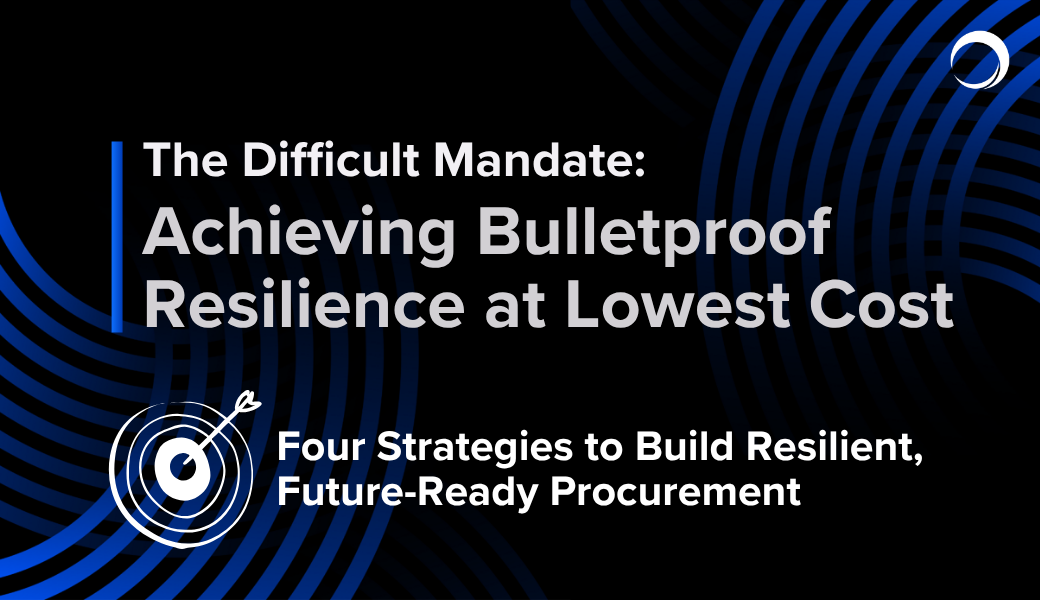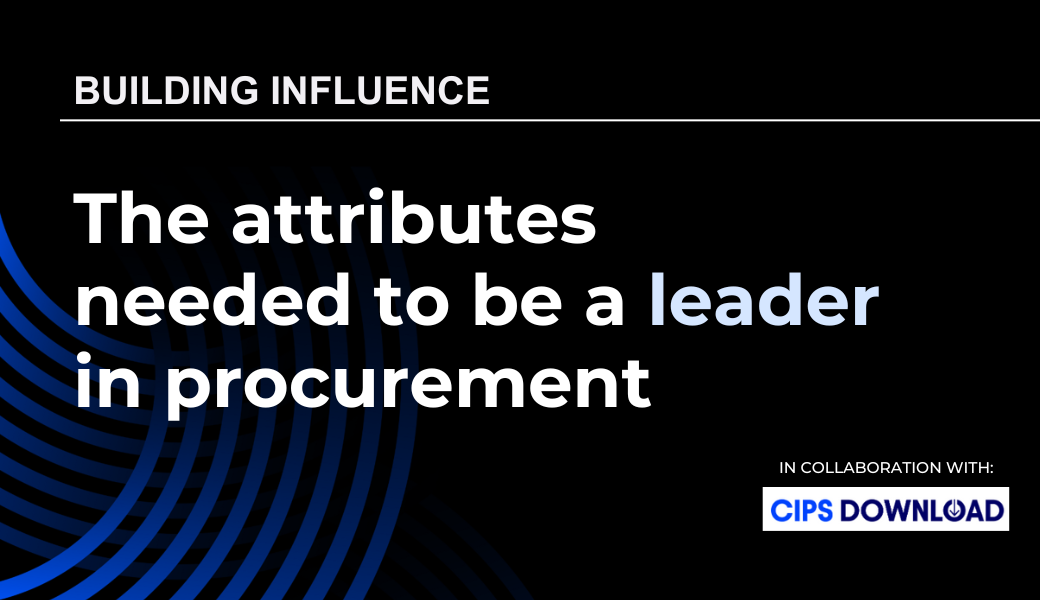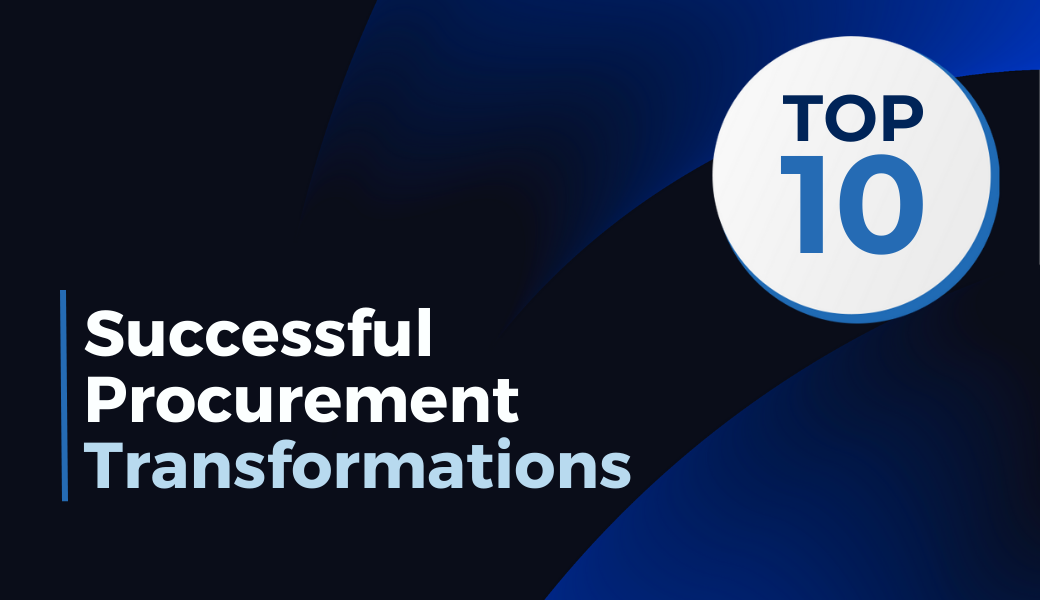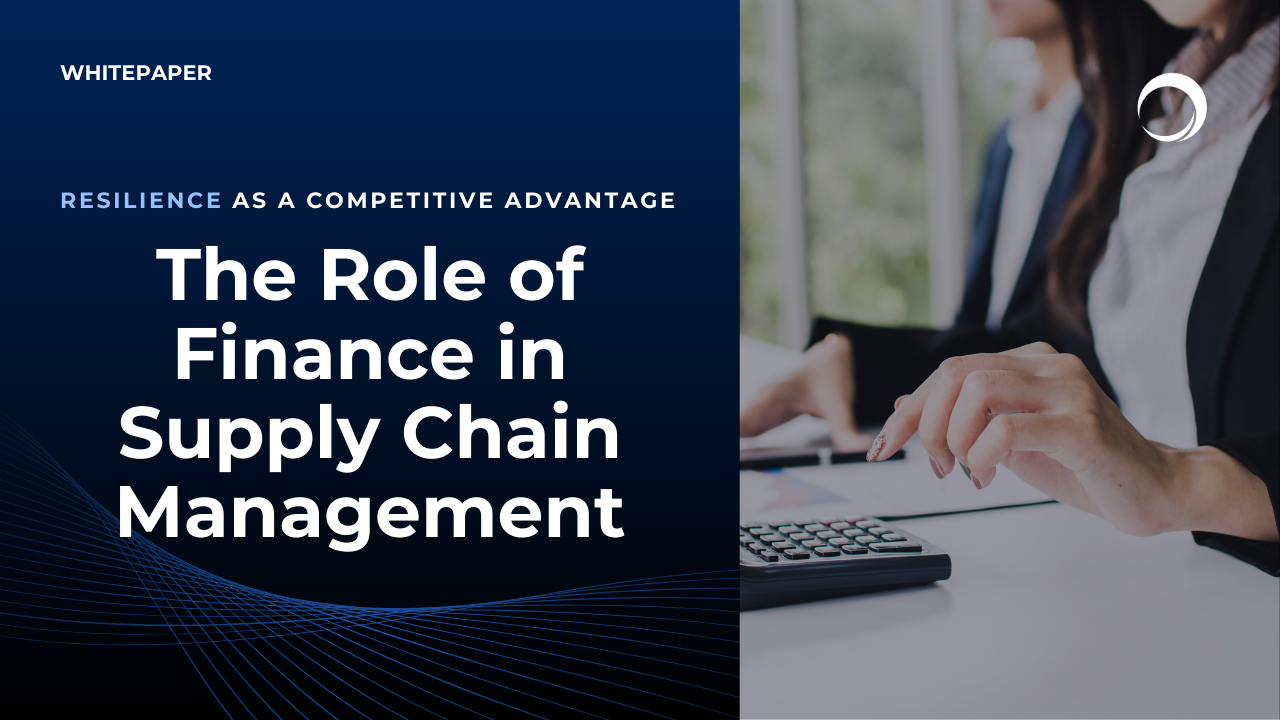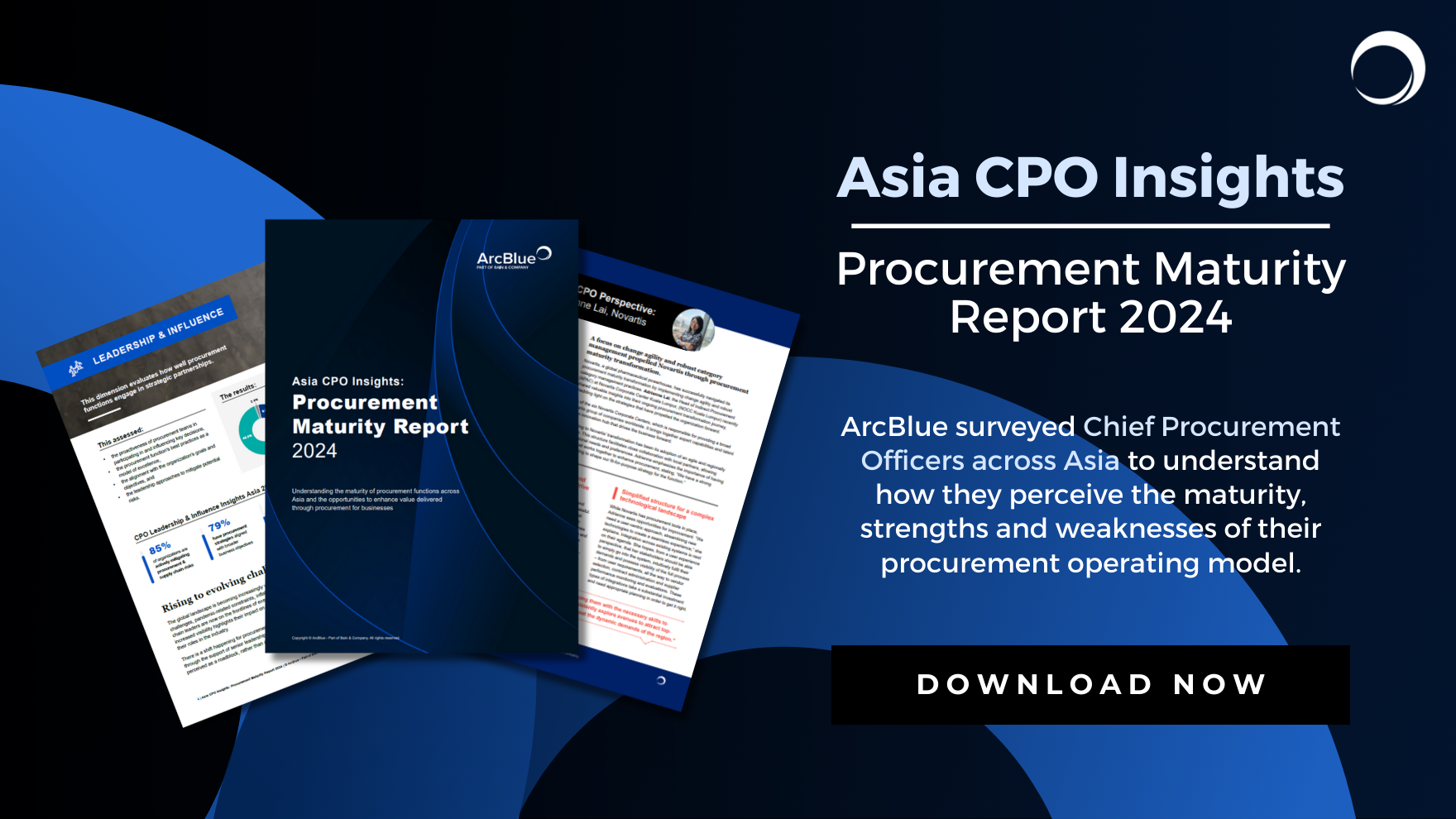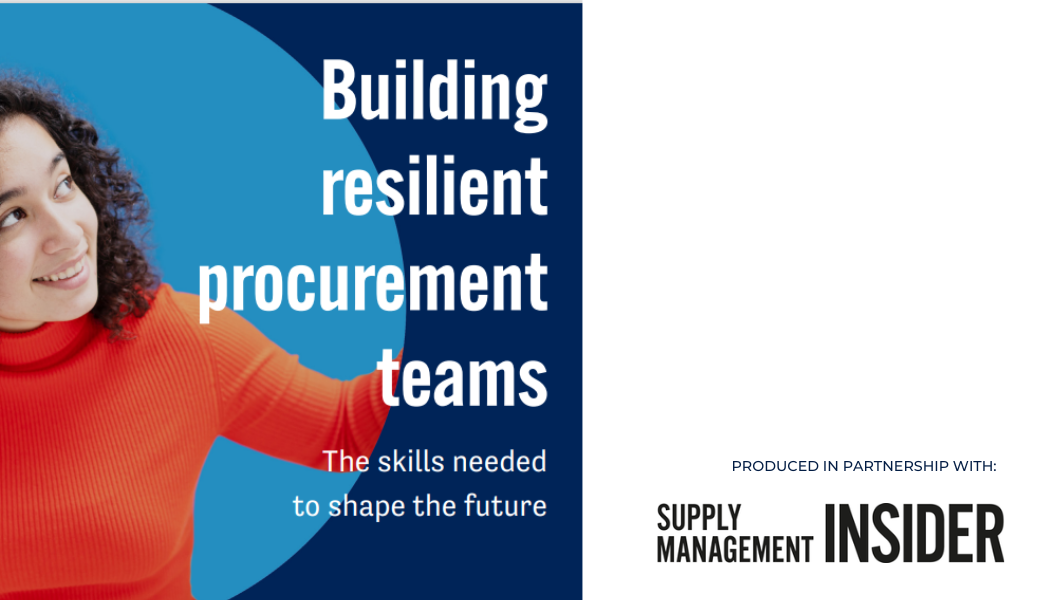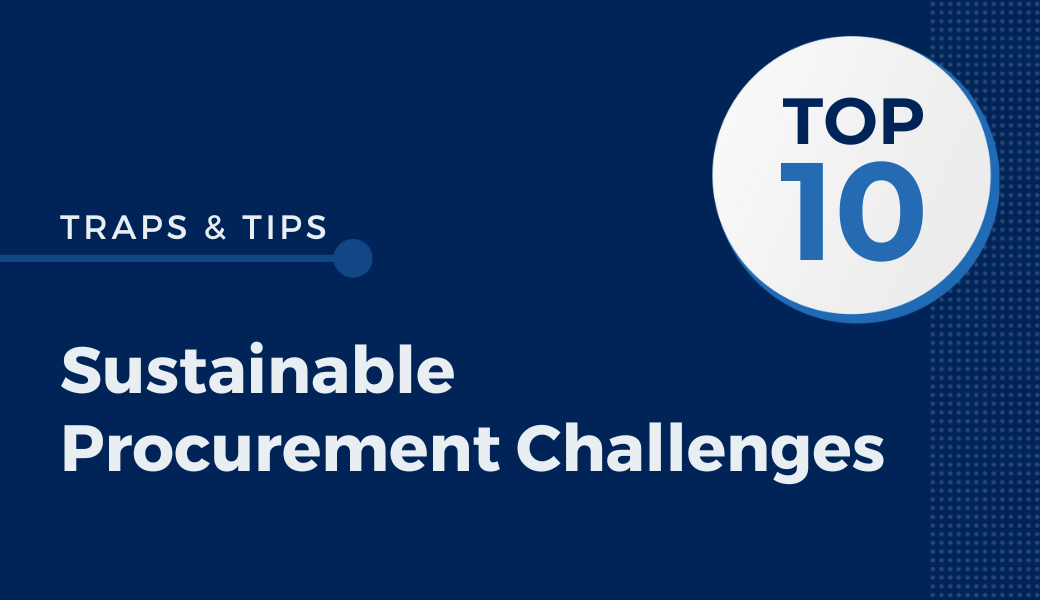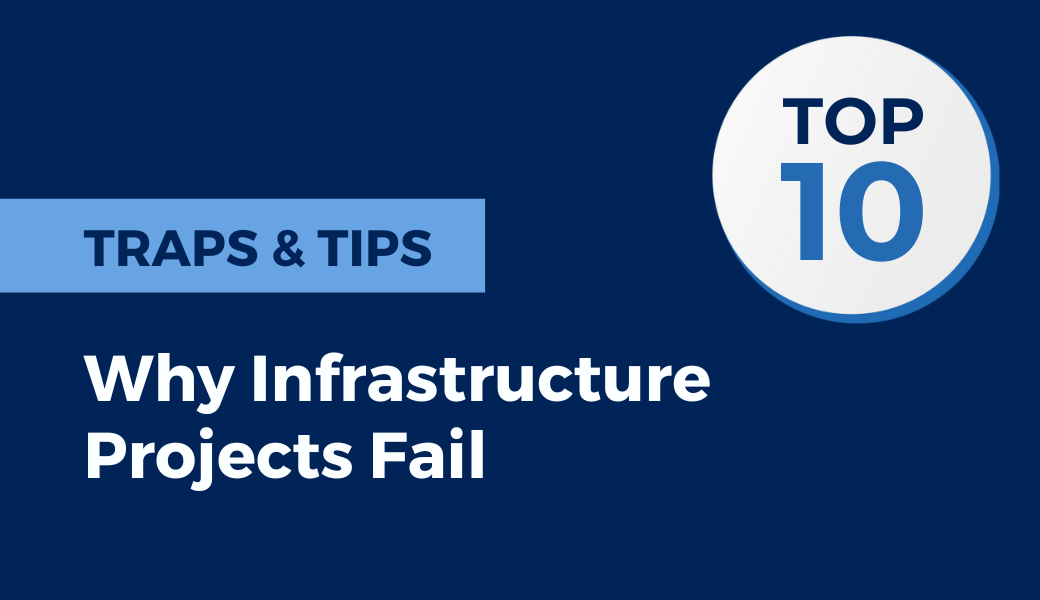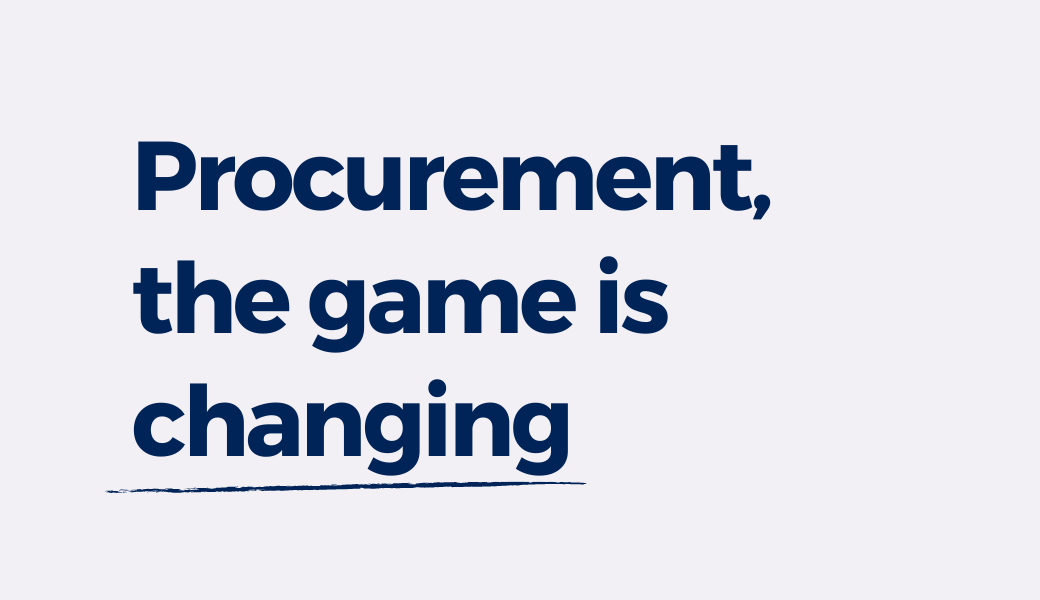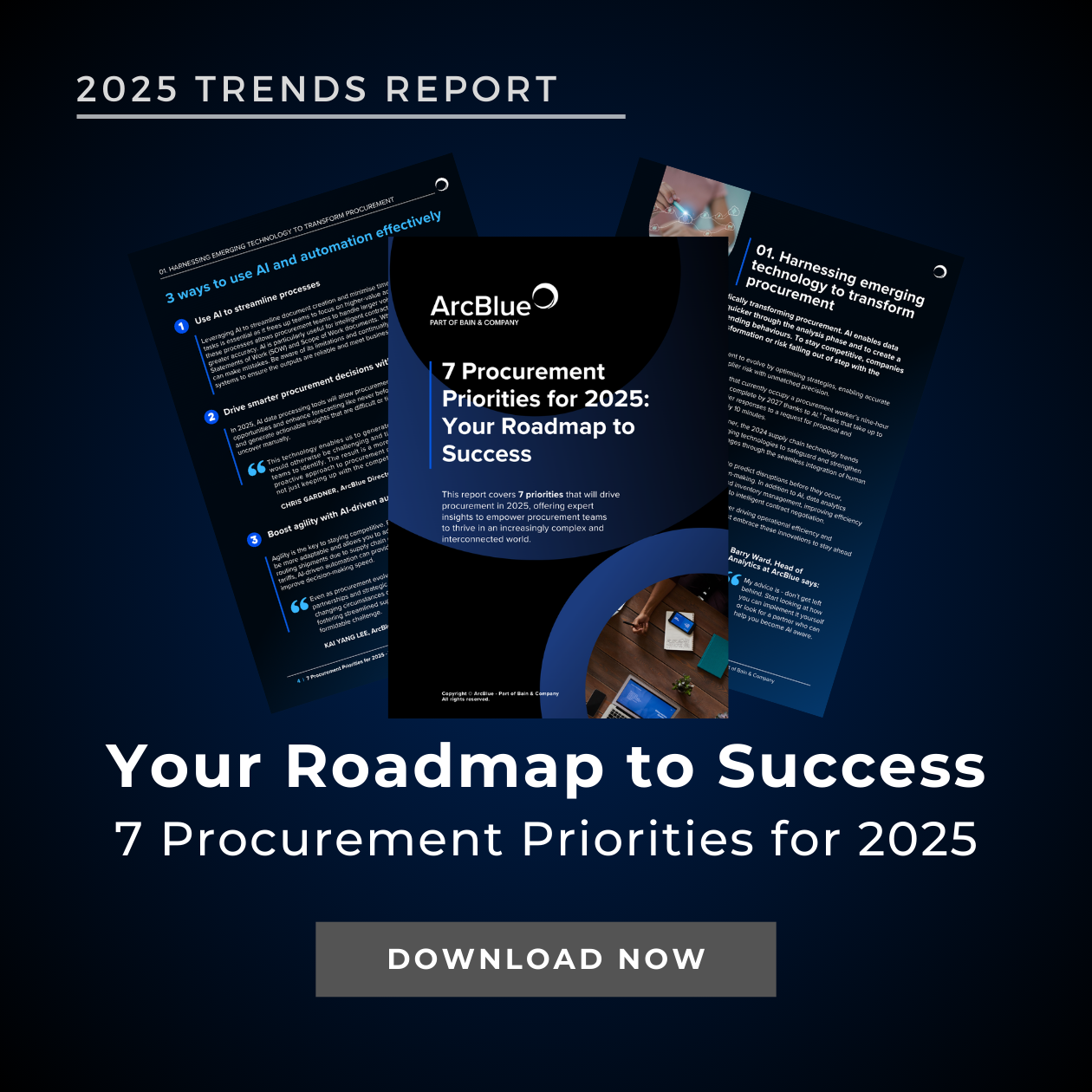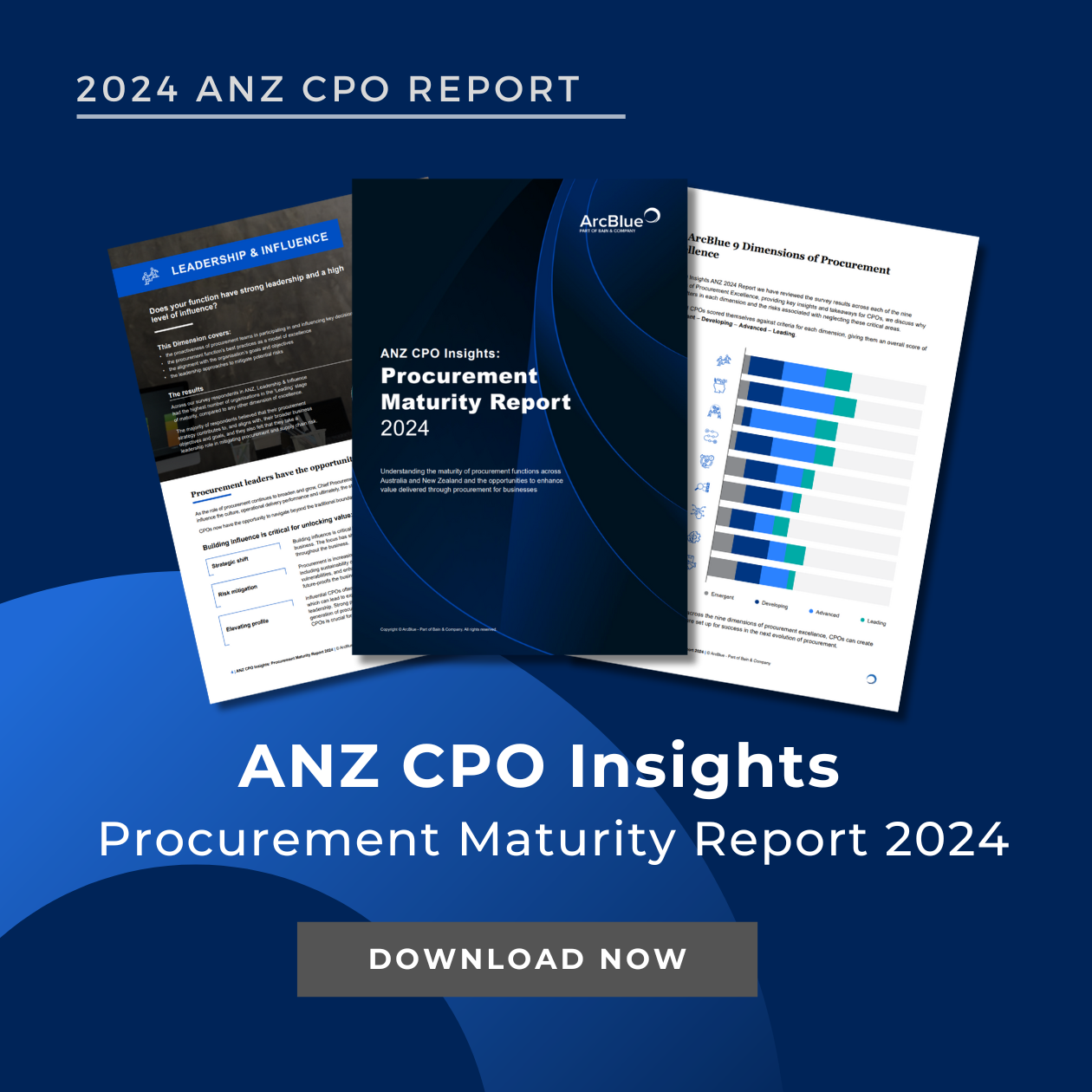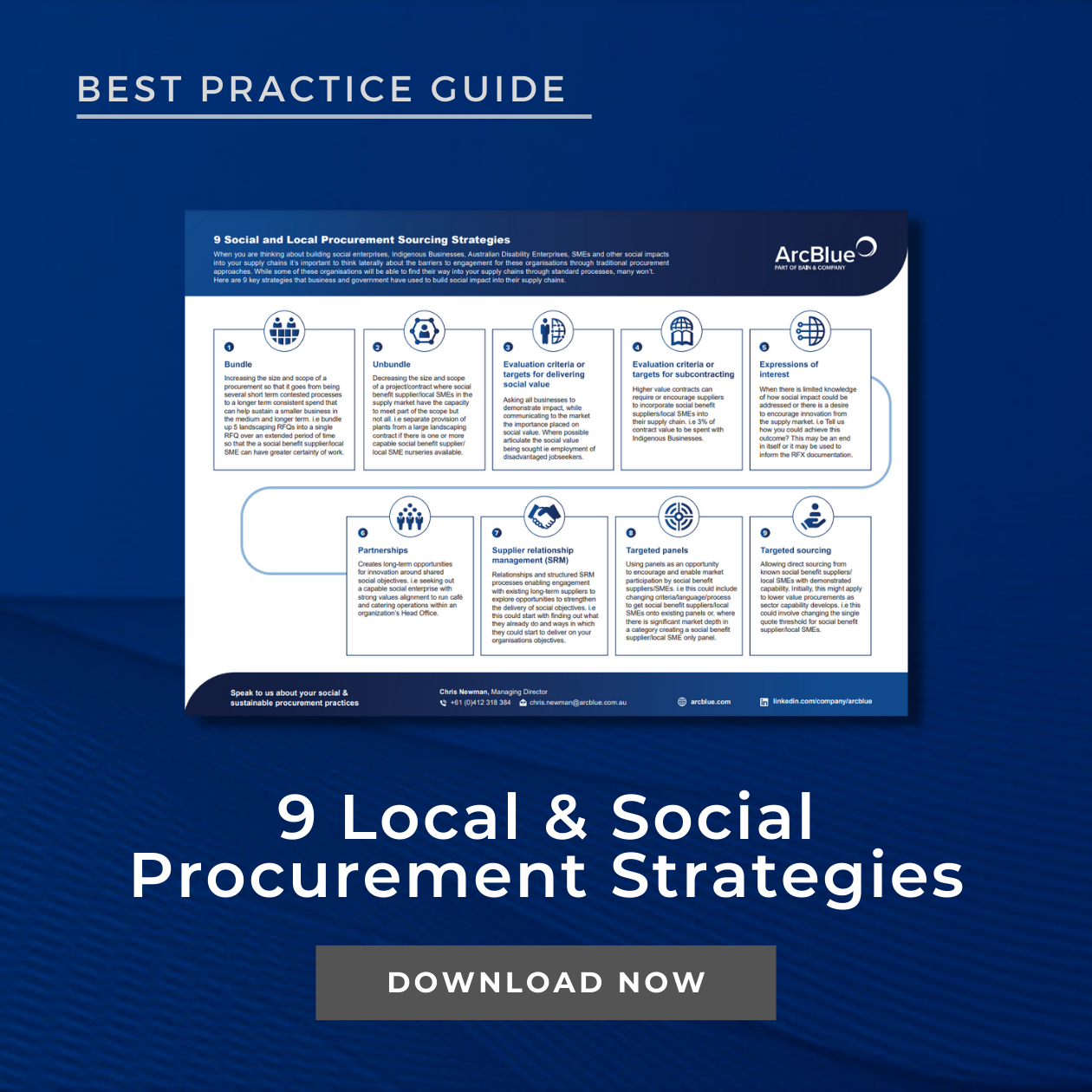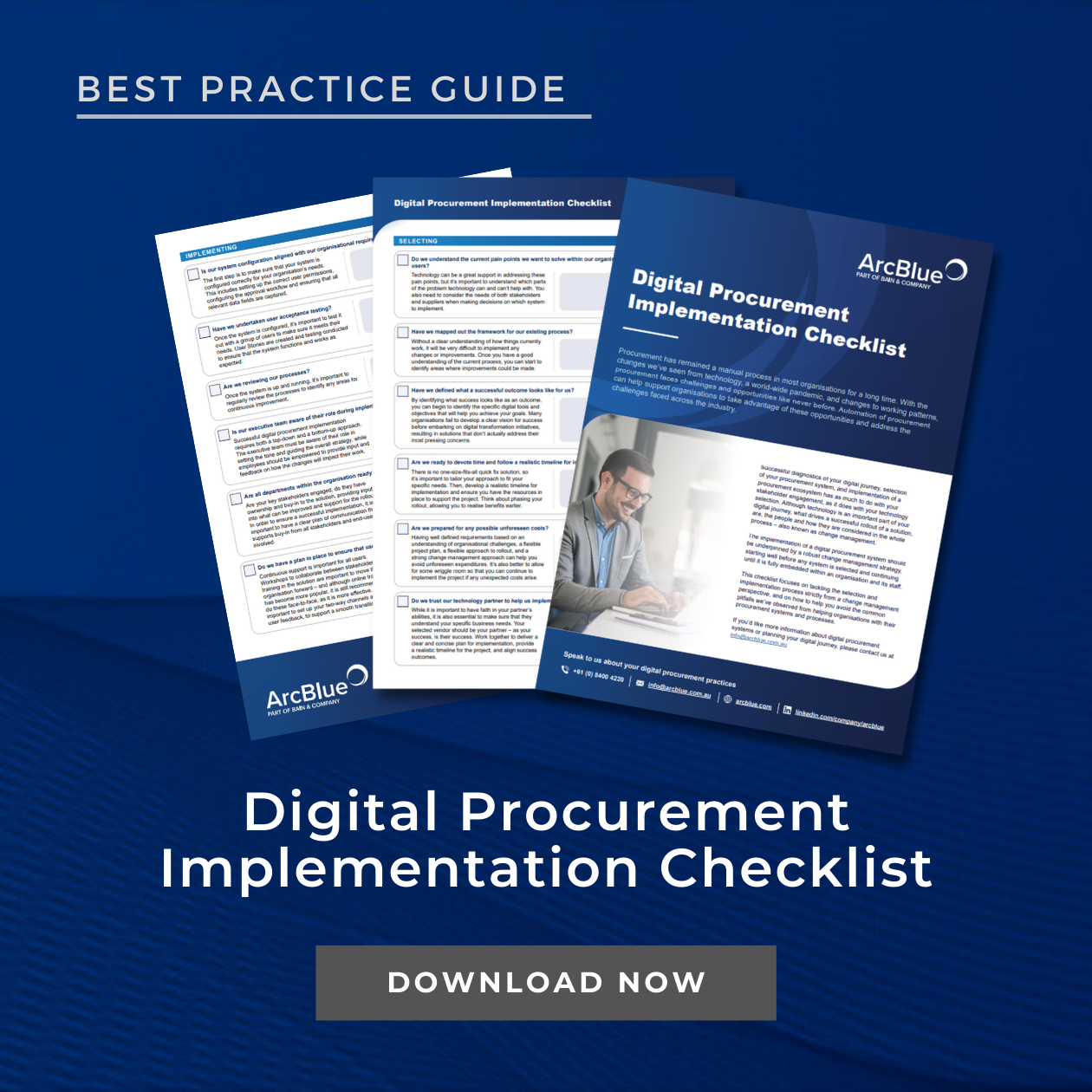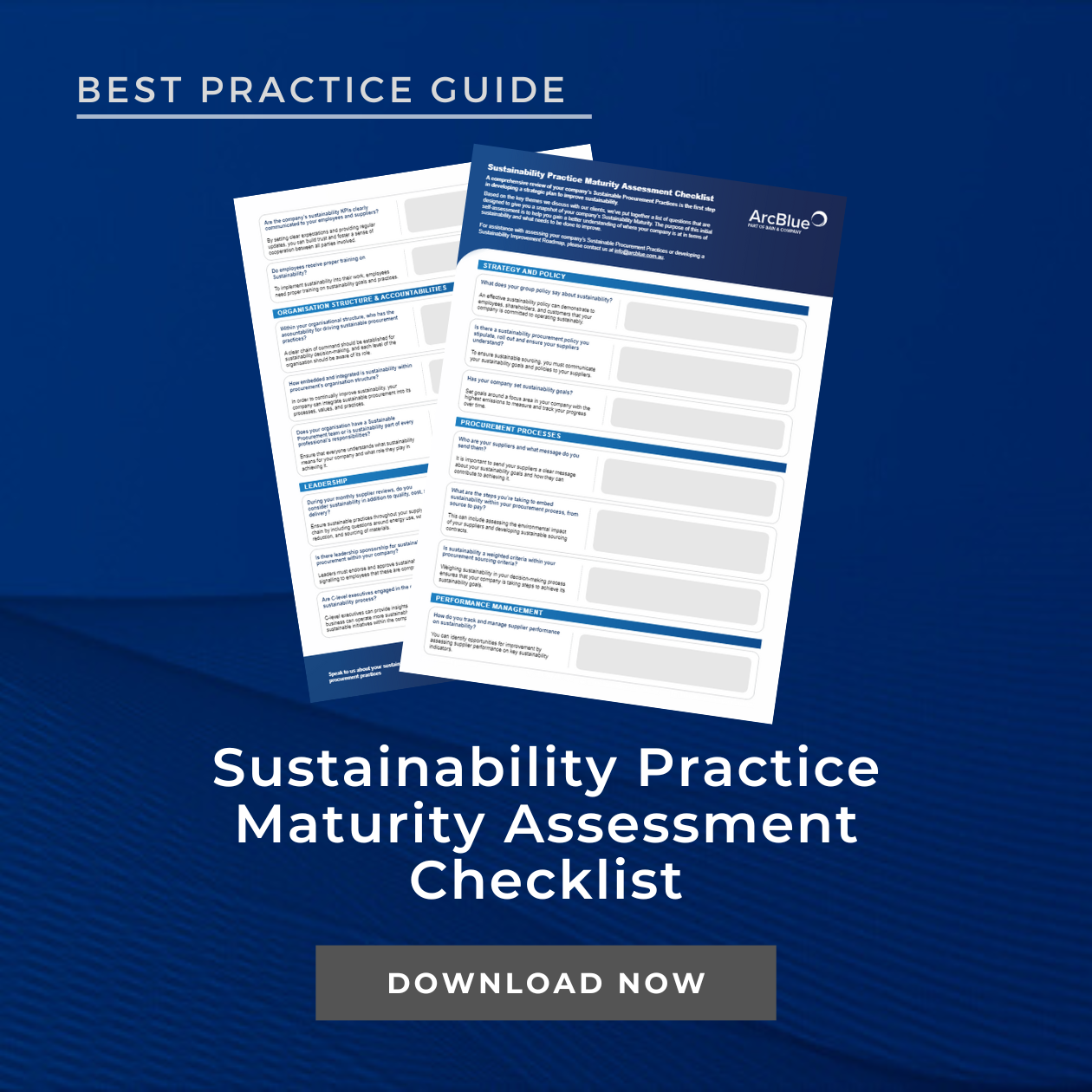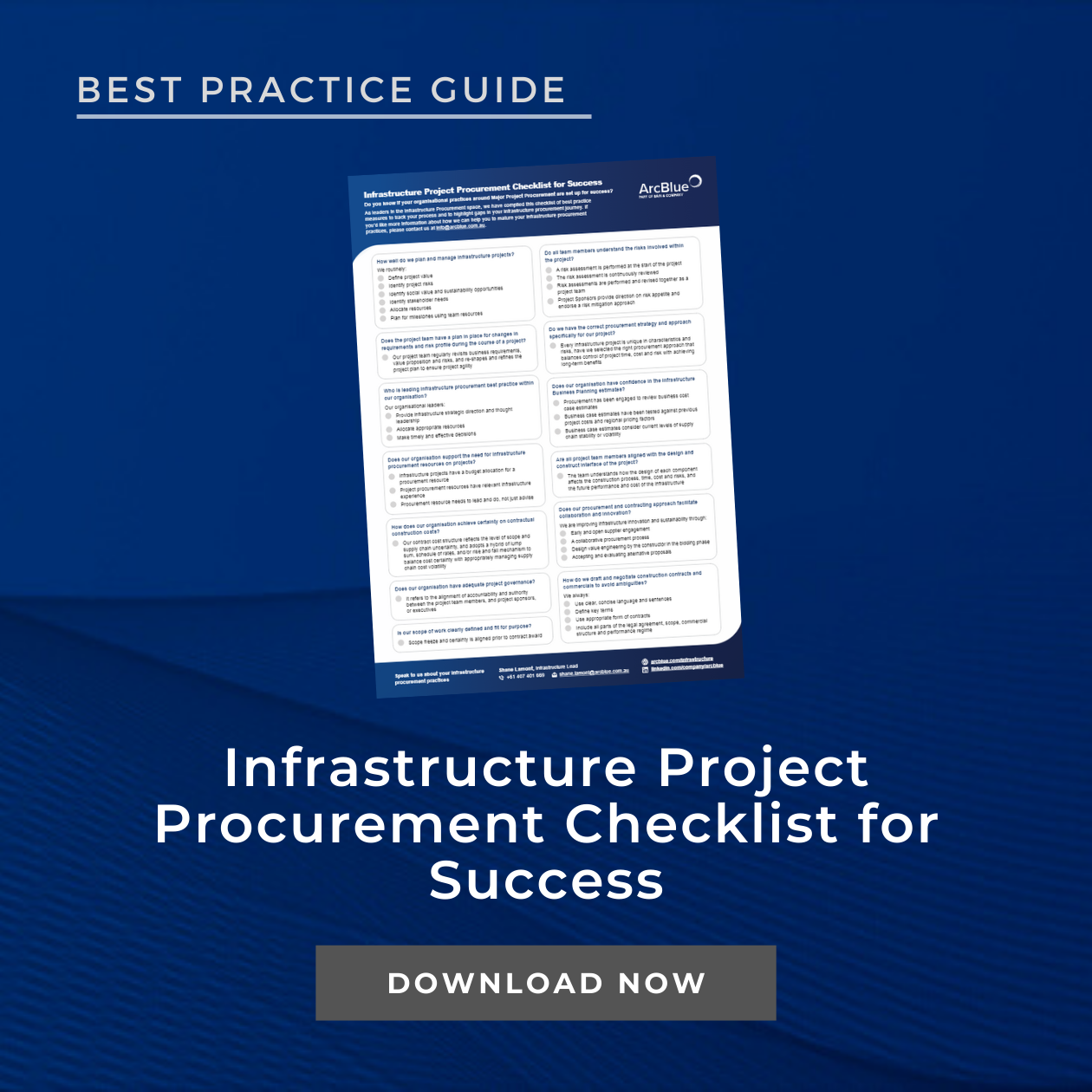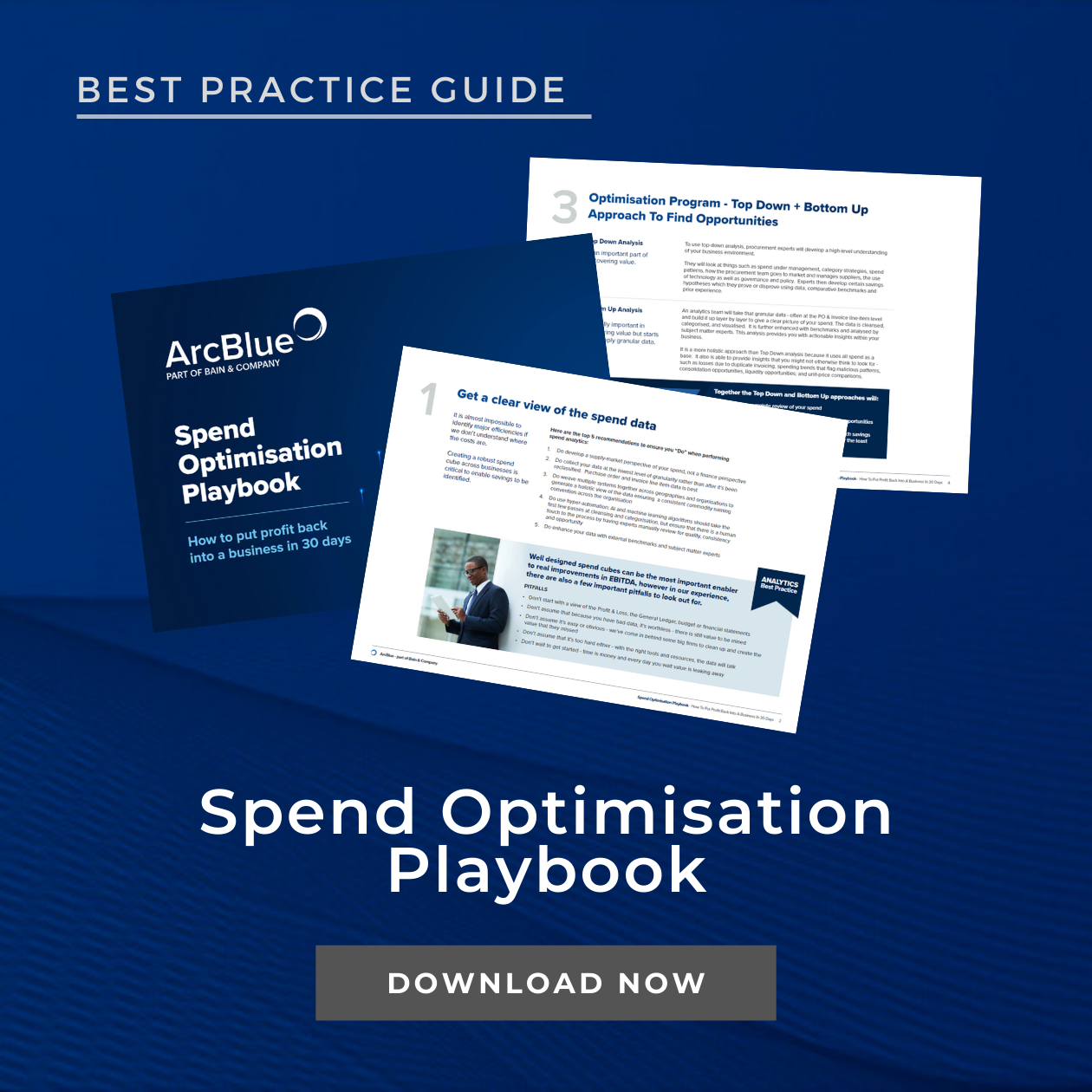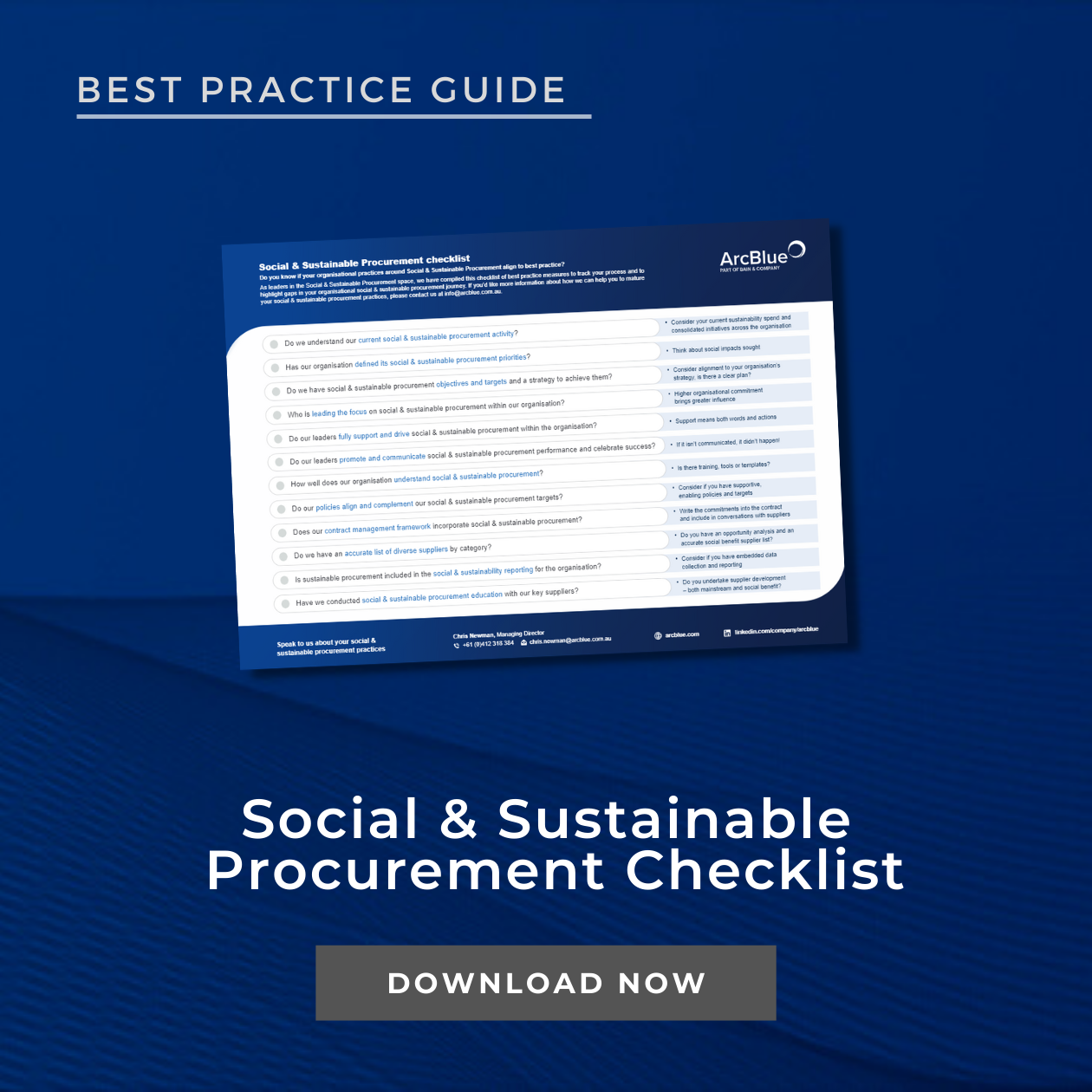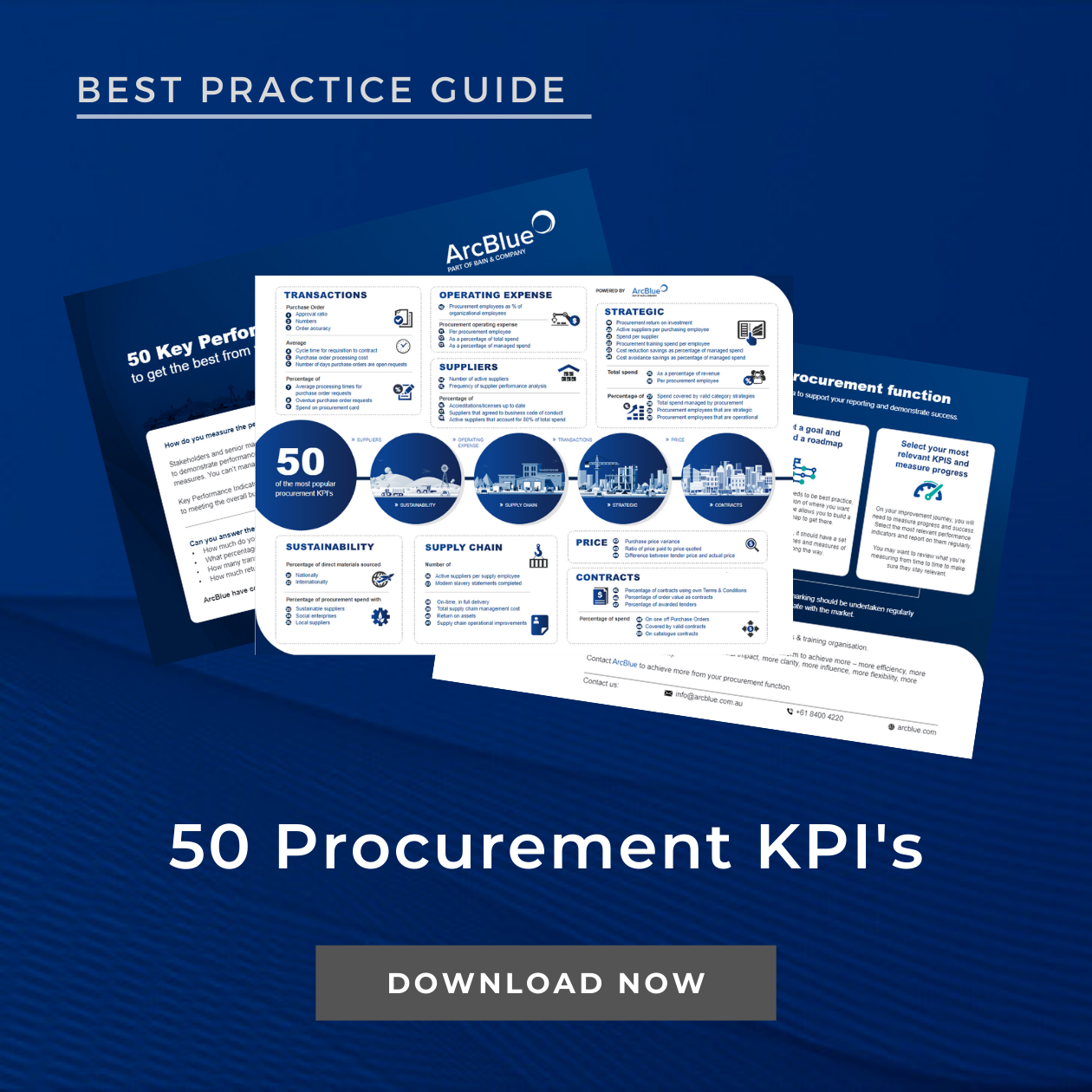- WHITEPAPER
Resilience as a Competitive Advantage:
Finance’s Role in Supply Chain Management
May 2024
Navigating Supply Chain Disruptions: A Financial Perspective
EXECUTIVE SUMMARY
In today’s dynamic and unpredictable business environment, supply chain resilience is essential for navigating disruptions ranging from inflation and geopolitical tensions to natural resource shortages and technological advancements.
Establishing a strong supply chain requires a multi-pronged approach. It includes agility, adaptability, proactive risk management, threat mitigation and continuous improvements. When these elements are in place, they can translate to robust operations, reduced risks, satisfied customers, and a competitive advantage.
CFOs and financial leaders also play a vital role in ensuring that finances are in good health. By emphasizing resilience across the entire company, businesses can be better equipped to handle any uncertainties that may arise.
Growing Instability and Supply Chain Challenges
The frequency and impact of supply chain disruptions have escalated significantly over the past decade.
Businesses face significant threats from various sources, including inflation, economic slowdowns, financial market instability, natural resource shortages, geopolitical shifts, and technological disruptions.
These challenges have a profound impact on global supply chains. Businesses must identify these hurdles and take appropriate steps to overcome them.
Mounting Inflation
Global inflation is rising due to supply chain disruptions and commodity price hikes. As a result, consumers are spending less, and central banks are raising interest rates. This puts more pressure on companies to maintain financial transparency and crisis management.
Real Economy Slowdown
There is a risk of economic downturn in some countries due to reduced spending and challenging financial situations. In some cases, the economy may face both recession and high inflation, a condition called stagflation. Governments consider implementing stimulus packages to restart economic activity and avoid or mitigate these negative effects.
Financial Market Instability
Funding in regions like Eastern Europe is dwindling, leading to the destabilization of the financial markets in the region. Moreover, there is a risk of crises in emerging markets, which could negatively impact currencies, payments, and government debt. As a result, global trends are pushing consumers to be more price-sensitive and cautious in their spending.
Natural Resource Shortages
Energy, oil and gas, raw materials, and metals are becoming more difficult to acquire. Losing access to Russian gas caused countries to compensate with coal, slowing the progress of the transition to renewable energy. However, there is a growing focus on decarbonization, and this is expected to pick up speed in the medium term. Additionally, droughts are becoming more frequent and severe, straining companies further.
Cascading Supply Shortfalls
The scarcity of resources and energy is exacerbating existing supply chain challenges across industries. As a result, suppliers tend to favor their loyal customers, leaving others scrambling for goods. In regions hit by crises, companies must reassess their capacity to provide services, fulfill demand, and continue production.
Geopolitical Realignment
The global economy is becoming increasingly divided, with China and the West on opposite ends. Countries like India may need to catch up to meet the rising global demand. Governments often prioritize military spending and industrial policies over supporting businesses, necessitating agility and adaptability in the private sector.
Technological Disruption
Tech is in turmoil, with cyberwarfare posing a real threat to businesses. The world is becoming more fragmented along political lines, leading to challenges in data sharing. However, this separation also provides an opportunity for new technological advancements. As companies protect their digital security, they can also consider exploring new avenues for technological innovation.
Businesses must understand and prepare for the potential vectors of disruption in the modern world. Gone are the days of solely focusing on efficiency.
Companies now have to consider bold steps, such as raising prices to offset rising costs, reducing costs to remain profitable, diversifying supply chains to mitigate the risk of disruptions, investing in new technologies to stay ahead of the competition, and developing contingency plans to deal with potential disruptions.
By successfully aligning these steps to their strategies, supply chains can position themselves to adapt and respond to unforeseen problems. Being ready to take these risks can make a difference in thriving in a volatile environment.

Understanding Supply Chain Resilience
Supply chain resilience refers to an organization’s ability to anticipate, prepare for, respond to, and recover from disruptions.
It involves developing capabilities to minimize risk, absorb shocks, and swiftly recover from setbacks.
Resilience is not just a defensive strategy but a competitive advantage, enabling businesses to maintain service levels and customer satisfaction even during crises.
The supply chain ecosystem is a complex puzzle of interconnected elements, where each piece is critical to the smooth operation of the business.
By ensuring these elements work together seamlessly, companies can achieve efficient inventory management, report accurate demand forecasting, and leverage technology and digitalization to maintain operational resilience.
Supply Chain Ecosystem Puzzle Pieces

Why Supply Chain Resilience Matters to Businesses
Supply chains operate through interconnected networks, where disruptions can cause ripple effects.
Real-world examples illustrate how challenges such as sourcing disruptions, demand spikes, inventory flow issues, manufacturing disruptions, labor shortages, and price increases can severely impact businesses. Some examples of supply chain disruptions include:
Supply chain disruptions are here to stay. In the face of these disruptions, businesses are encouraged to diversify suppliers and use flexible manufacturing to diminish issues and ensure timely product delivery.

Financial Leaders’ Vital Role in Supply Chain Resilience
Achieving supply chain resilience is now a necessity, and financial leaders play a key role in leveraging their financial expertise and oversight capabilities to navigate this challenge.
Implementing supply chain resilience programs can significantly benefit businesses. Through such programs, companies can expect:

Increased revenue by 40-60%

Reduced risks through improvements in various areas like forecasting, inventory management, and transportation costs

Improved customer satisfaction by 20-40% (through higher on-time deliveries)
Financial leaders’ expertise is crucial in:
CFOs and financial leaders serve as strategic partners in bolstering supply chain resilience. Their expertise in financial analysis, risk management, and strategic planning is critical for navigating the volatile landscape and ensuring the smooth flow of goods and services.
Strategies for Building Resilient Supply Chains
Disruptions are inevitable and businesses need to go beyond anticipating challenges.
They must build agility and adaptability into their operations. This requires a comprehensive approach to supply chain resilience, one that emphasizes visibility, risk mitigation, and a holistic view across the entire organization.
Here’s a four-phase framework for building a resilient supply chain, from proactive avoidance to swift recovery, with continuous improvement and enterprise-wide commitment:
Building a Top-Performing Resilient Supply Chain
There are four key phases to consider when building a resilient supply chain:
-
Avoidance
Proactively identifying and mitigating potential disruptions.
-
Containment
Limiting the impact of a disruption once it occurs.
-
Stabilization
Quickly restoring normal operations after a disruption.
-
Recovery
Learning from disruptions and implementing improvements to strengthen future resilience.
Prioritizing resilience based on customer needs and making informed trade-offs with other business objectives is vital. It’s also important to address short-term and long-term risks to provide comprehensive protection. This can be done by taking an end-to-end value chain approach.
Continuous Improvement and Future-Proofing
Ensuring business resilience requires a balanced approach, encompassing preparation and recovery strategies. Continuous monitoring, data analysis, and decisive action are essential to future-proof your business.
Beyond the Supply Chain
Implementing resilience is not only a matter of supply chain management. It is a fundamental need to involve all departments of an enterprise. Financial leaders and CFOs have the important task of providing data analysis, assessing risks, ensuring compliance, setting performance metrics, managing finances, implementing controls, and collaborating on risk mitigation strategies.
By promoting a culture of continuous improvement, companies pave the path to strengthening their supply chains.
Conclusion
Building a resilient supply chain is not a one-time fix but an ongoing, dynamic process that requires continuous effort, strategic planning, and a commitment to adaptability.
In an era marked by unpredictability and rapid change, businesses must be proactive in preparing for and responding to a wide array of disruptions. Through ample preparation, agility, collaboration, and sound decision-making, businesses can handle disruptions, keep customers satisfied, and stay ahead of the competition.
Supply chain resilience necessitates a comprehensive approach that integrates visibility, risk mitigation, and a holistic view across all organizational functions. Financial leaders play a pivotal role in this process, ensuring operational stability and long-term success through their expertise in risk assessment, financial management, and strategic planning.
In conclusion, prioritizing resilience enables businesses to navigate disruptions, satisfy customers, and maintain a competitive edge. Continuous improvement and enterprise-wide commitment to resilience will drive growth and ensure success in an ever-evolving market landscape. By embracing these principles, organizations can build strong, adaptable supply chains capable of withstanding and recovering from any challenge they may face.
INSIGHTS
RESOURCES & DOWNLOADS








